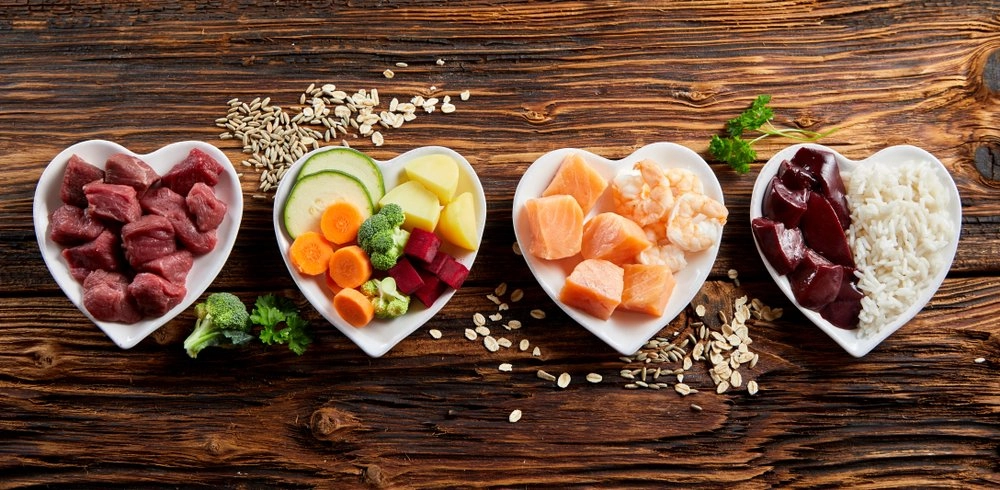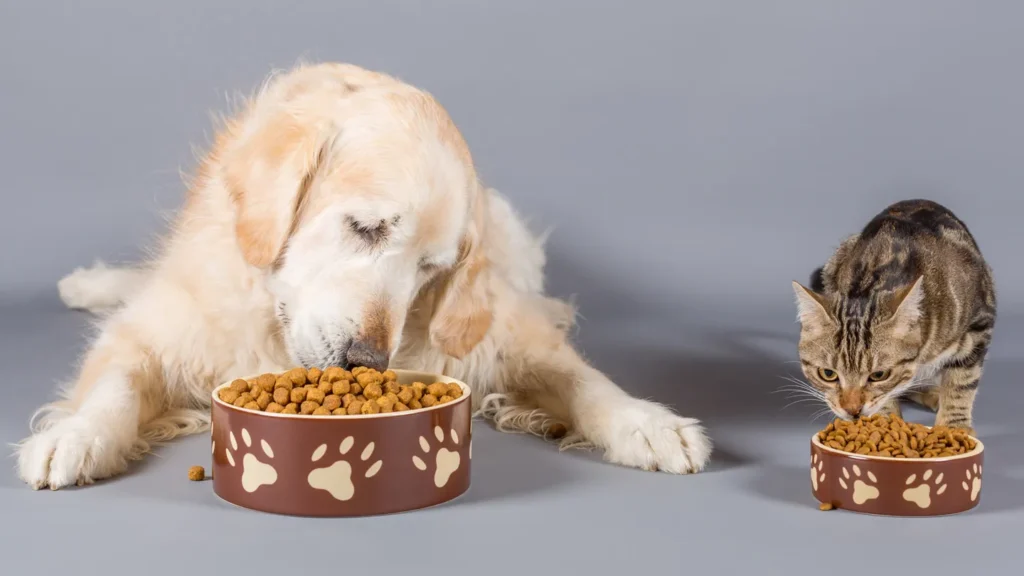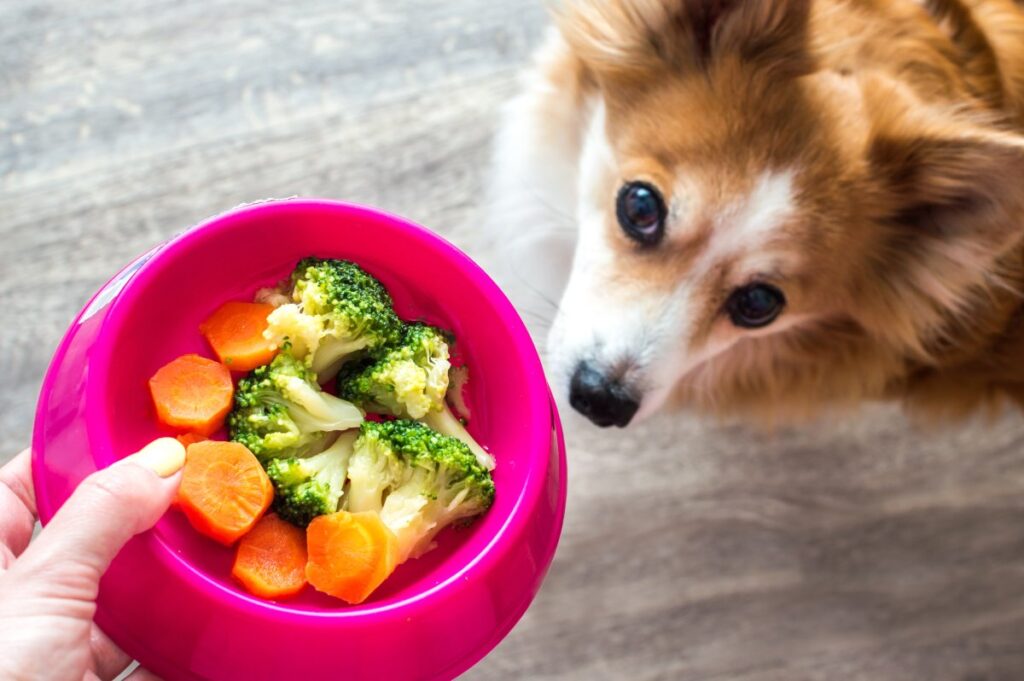
When raising pets, choosing the appropriate pet food is one of the most crucial factors to ensure their health and happiness. Currently, there are two common types of pet food: fresh food and canned food. Each type has its own advantages and disadvantages, and this article will help you understand more to make the best choice for your pet.
Fresh Food: Benefits and Challenges
Benefits of Fresh Food

- Natural and Fresh Nutrition:
- Fresh food often contains many natural nutrients, unprocessed, helping to retain important vitamins and minerals for pets.
- Fresh food typically does not contain preservatives and additives, making it safer for your pet’s health.
- Delicious Flavor:
- Fresh food has an appealing taste, making pets eat more eagerly. This is especially important for picky eaters or pets with health issues.
- Quality Control:
- When preparing fresh food yourself, you can fully control the quality and origin of the ingredients, ensuring that your pet eats the best possible food.
Challenges of Fresh Food
- Time and Effort:
- Preparing fresh food requires a lot of time and effort. You need to shop, process, and store food properly to ensure nutrition and hygiene.
- Nutritional Knowledge:
- To provide a balanced fresh diet, you need to understand pet nutrition, including the ratios of protein, fats, carbohydrates, and necessary vitamins and minerals.
- High Cost:
- Fresh food, especially high-quality ingredients, often costs more than canned food.
Canned Food: Benefits and Challenges
Benefits of Canned Food

- Convenient and Quick:
- Canned food is very convenient, just open the can and feed your pet immediately. This saves time and effort, especially for busy people.
- Balanced Nutrition:
- Manufacturers of canned food have thoroughly researched to ensure their products provide all the necessary nutrients for pets. Many types of canned food are supplemented with vitamins and minerals to ensure a complete diet.
- Long-Term Storage:
- Canned food can be stored for a long time without spoiling, making it easy to stock and use when needed.
Challenges of Canned Food
- Preservatives and Additives:
- Some types of canned food contain preservatives and additives to extend shelf life and enhance flavor. These substances may not be good for your pet’s health if used long-term.
- Inconsistent Quality:
- Not all canned food is of good quality. Some products use low-quality ingredients or do not meet nutritional standards.
- Cost:
- Although there are many cheap canned foods, high-quality products are often quite expensive, which can be costly if used long-term.
Conclusion: Which is the Best Choice?

Choosing pet food from fresh food or canned food depends on many factors, including your lifestyle, your pet’s health, and their preferences.
If you have the time and nutritional knowledge, fresh food can be a great choice to help your pet receive a natural and rich source of nutrients. You can consult with a veterinarian to ensure your pet’s diet is balanced and appropriate.
On the other hand, if you are busy and want a convenient solution, canned food is an ideal choice. Choose reputable brands, read labels carefully to select products that do not contain many harmful preservatives and additives.
Finally, you can also combine both types of food to provide variety and complete nutrition for your pet. Regardless of the type of pet food you choose, the most important thing is to ensure that your pet eats quality meals suitable for their nutritional needs. Always care and listen to your pet’s feedback to adjust the diet accordingly.


